How Hardox Steel Enhances Wear Resistance in Industrial Applications
Industrial operations from mining and construction to recycling and agriculture depend on machinery that can withstand punishing environments. Equipment components often face continuous exposure to abrasive materials such as rock, ore, gravel, and scrap metal. In such conditions, ordinary steel wears down rapidly, leading to frequent maintenance, unexpected downtime, and costly replacements. This is where Hardox steel comes into play.
Hardox is a globally recognized wear-resistant steel, specifically engineered to deliver outstanding abrasion resistance while maintaining excellent structural integrity. Its unique properties make it one of the most reliable materials for industries that operate under extreme wear conditions.
What is Hardox Steel?
Hardox is a high-strength, wear-resistant steel designed to resist abrasion while still being tough enough to withstand impact. Unlike conventional steels that often trade off hardness for toughness, Hardox achieves a balance between the two.
The secret lies in its carefully engineered microstructure and consistent production standards. Hardox plates are quenched and tempered during manufacturing, which refines the steel’s grain structure. This process not only enhances hardness but also ensures resilience against cracking or sudden failure.
Hardox comes in a range of grades and thicknesses, making it adaptable to different industrial uses. From thin plates for lightweight components to ultra-thick plates for heavy-duty equipment, Hardox offers versatility without compromising performance.
Why Wear Resistance Matters in Industry
In industries like mining, cement, demolition, and waste management, equipment components such as dump truck bodies, crushers, hoppers, and conveyors are constantly exposed to high-friction environments. Without proper protection, these parts erode quickly.
Poor wear resistance leads to:
- Increased downtime due to frequent maintenance
- Higher operational costs from part replacements
- Safety concerns if equipment fails unexpectedly
- Reduced efficiency from machinery running below optimal capacity
By selecting materials with high wear resistance like Hardox companies can significantly extend the service life of their equipment while reducing maintenance and repair costs.
Benefits of Hardox Steel in Industrial Applications
The engineering benefits of Hardox steel extend far beyond simple hardness. Its performance advantages can be categorized into three major areas: abrasion resistance, durability, and cost efficiency.
Superior Abrasion Resistance
The most well-known property of Hardox is its abrasion resistance. Unlike softer steels, which wear away under constant friction, Hardox maintains its surface integrity.
This resistance comes from its high hardness levels, typically ranging from 400 HBW to over 600 HBW depending on the grade. However, hardness alone is not enough. What sets Hardox apart is that it combines hardness with toughness, meaning it resists not only wear but also cracking and breakage under impact.
For example, in mining operations where equipment frequently encounters sharp rocks and heavy loads, Hardox-lined buckets and truck beds last significantly longer than those made from conventional steel. This translates into extended operational hours and less time spent on part replacements.
Increased Steel Durability and Longevity
Durability in steel is not only about withstanding wear but also about maintaining structural strength throughout its lifecycle. Hardox excels in this aspect because it does not become brittle even at high hardness levels.
This durability ensures that components fabricated from Hardox can handle both sliding abrasion and heavy impact loads. Whether it’s the continuous grinding of gravel against a truck body or the shock impact of boulders falling into a crusher, Hardox maintains its integrity.
The result is a longer lifespan for industrial components, reducing the frequency of repairs and extending replacement intervals. This durability becomes especially valuable in remote sites—such as mines or offshore facilities—where replacement parts may be costly and difficult to transport.
Cost Efficiency Over Product Lifetime
While the initial cost of Hardox steel may be higher compared to standard structural steel, the cost efficiency over the product’s lifetime is undeniable.
Consider this a truck bed made of conventional steel might require replacement after a year of heavy use, whereas one lined with Hardox could last two to three times longer. The upfront material cost is easily offset by the savings in reduced downtime, fewer replacement parts, and lower maintenance expenses.
For procurement managers, this cost-over-lifetime perspective is crucial. It allows them to justify the investment in higher-quality wear-resistant plates by showing tangible savings over the long term.
Engineering & Fabrication Advantages
In addition to its performance in the field, Hardox steel also offers distinct advantages during fabrication. Engineers and manufacturers appreciate the balance between hardness, weldability, and machinability.
Welding and Forming Flexibility
One of the unique strengths of Hardox is its weldability and formability. Despite being extremely hard, Hardox can be cut, bent, and welded using conventional methods. This flexibility allows engineers to design complex components without being constrained by the limitations of overly brittle materials.
For instance, truck builders can fabricate custom dump bodies with curved shapes and reinforcements without worrying about cracking during welding. Similarly, recycling equipment manufacturers can create intricate designs tailored to specific operational requirements.
Fabrication Quality and ISO Testing Standards
Consistency in material quality is essential for industries where safety and reliability are non-negotiable. Hardox steel undergoes rigorous ISO testing standards to ensure that every plate meets strict specifications for hardness, toughness, and dimensional accuracy.
This level of testing provides engineers with confidence that the material will perform as expected in demanding environments. From chemical composition analysis to mechanical testing, each batch is verified before it reaches the end user.
The result is fabrication quality that eliminates uncertainties during production, ensuring components fit precisely and perform reliably.
Applications Across Heavy Industry
Hardox finds applications across a wide range of industries:
- Mining and quarrying: Excavator buckets, dump bodies, crushers, chutes
- Construction: Concrete mixers, demolition tools, earthmoving machinery
- Recycling and waste management: Shredders, hoppers, conveyor systems
- Agriculture: Plowshares, grain handling equipment
- Cement and steel production: Liners, feeders, material handling systems
In each of these sectors, Hardox improves efficiency by reducing downtime and extending the lifespan of critical equipment. To explore more about wear-resistant steel solutions, visit Ulta Metallic.
The Role of Hardox Certification
Another key factor that sets Hardox apart is its certification system, which ensures reliability and trustworthiness across the supply chain.
Ensuring Consistency in Quality
Hardox certification provides assurance that the material meets strict production and performance standards. For industries where failure can lead to significant financial or safety consequences, this consistency is invaluable.
Certified suppliers and fabricators are trained to handle the material correctly, ensuring that Hardox maintains its wear-resistant properties from production to finished product. This reduces risks of poor fabrication practices that could compromise performance.
Trust Through Verified Performance
Certification also builds trust through verified performance. Engineers and procurement managers can rely on documented data and testing results rather than assumptions. This transparency streamlines the decision-making process and provides peace of mind that the investment will deliver the expected benefits.
In global supply chains, certification is particularly critical. It ensures that whether a plate is sourced locally or internationally, it adheres to the same high standards.
Conclusion
Hardox steel stands as a benchmark for wear resistance in industrial applications. Its unique combination of hardness and toughness ensures superior performance in abrasive environments while maintaining structural durability. The benefits of Hardox steel extend far beyond simple material selection. From superior abrasion resistance and increased durability to long-term cost efficiency, it delivers measurable advantages across industries.
Engineers appreciate its weldability and forming flexibility, while procurement managers value its cost-over-lifetime savings. Furthermore, rigorous ISO testing and Hardox certification guarantee consistency, giving industries confidence in both material quality and performance. In today’s competitive industrial landscape, where downtime is costly and reliability is paramount, Hardox steel provides a proven solution for extending equipment life and improving operational efficiency. To explore tailored solutions for your operations, get in touch with the experts.
FAQs About Hardox Steel in Industrial Applications
1. What makes Hardox steel different from regular steel?
Hardox steel is specifically engineered for wear resistance while maintaining toughness. Unlike conventional steel, which may sacrifice durability for hardness, Hardox achieves a balance of both. This makes it highly resistant to abrasion and impact, ensuring longer equipment life in demanding industrial environments.
2. In which industries is Hardox steel most commonly used?
Hardox steel is widely applied across heavy industries such as mining, quarrying, construction, recycling, waste management, agriculture, and cement production. It is commonly used for dump truck bodies, excavator buckets, shredders, hoppers, chutes, and conveyor systems where wear resistance is critical.
3. Is Hardox steel cost-effective despite its higher upfront price?
Yes. Although Hardox steel may cost more initially, it significantly reduces long-term expenses. Its durability lowers the frequency of part replacements, minimizes downtime, and cuts maintenance costs. Over a product’s lifetime, these savings often outweigh the higher initial investment.
4. Can Hardox steel be welded and fabricated easily?
Absolutely. Despite its high hardness, Hardox steel offers excellent weldability and formability. It can be cut, bent, and welded using conventional methods, allowing engineers to create complex designs and tailor-made solutions without compromising material integrity.
5. What role does Hardox certification play?
Hardox certification ensures that every plate meets strict quality and performance standards. It verifies consistency in hardness, toughness, and fabrication quality, giving industries confidence in material reliability. Certification also helps procurement managers and engineers trust that the steel will perform as expected in demanding applications.
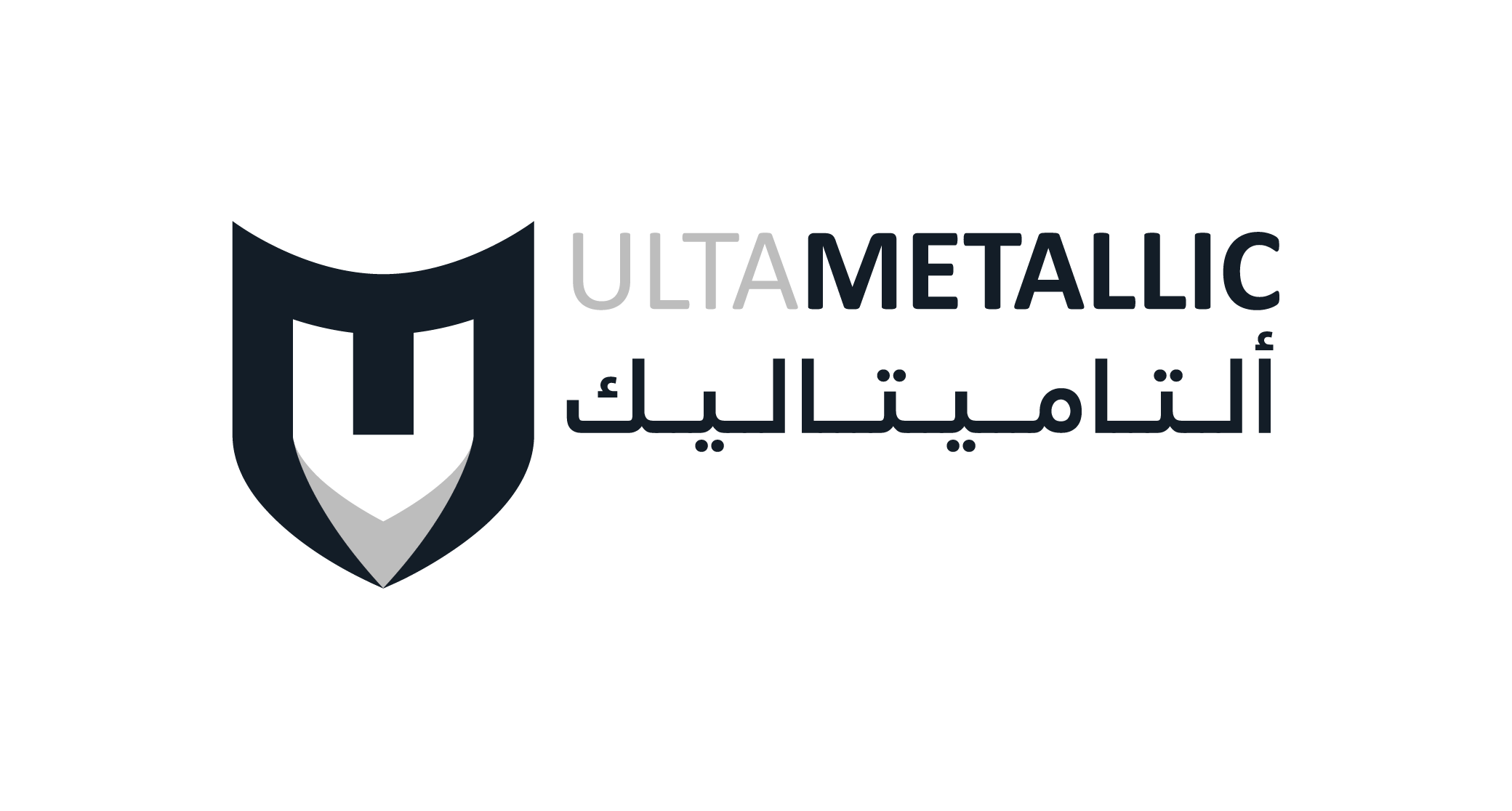


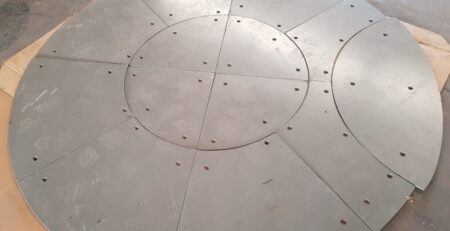
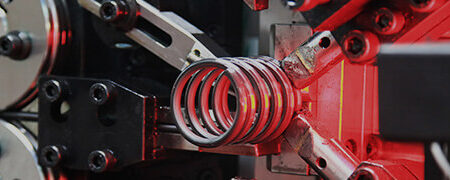
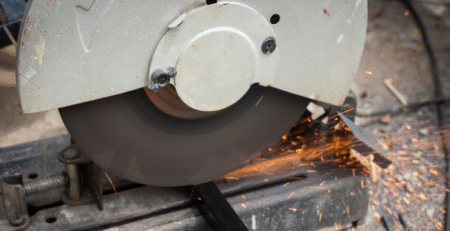
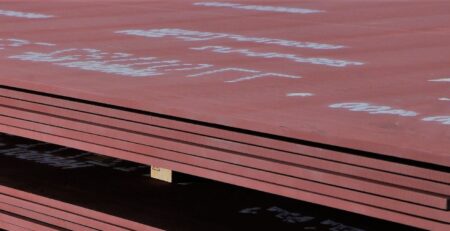
Leave a Reply